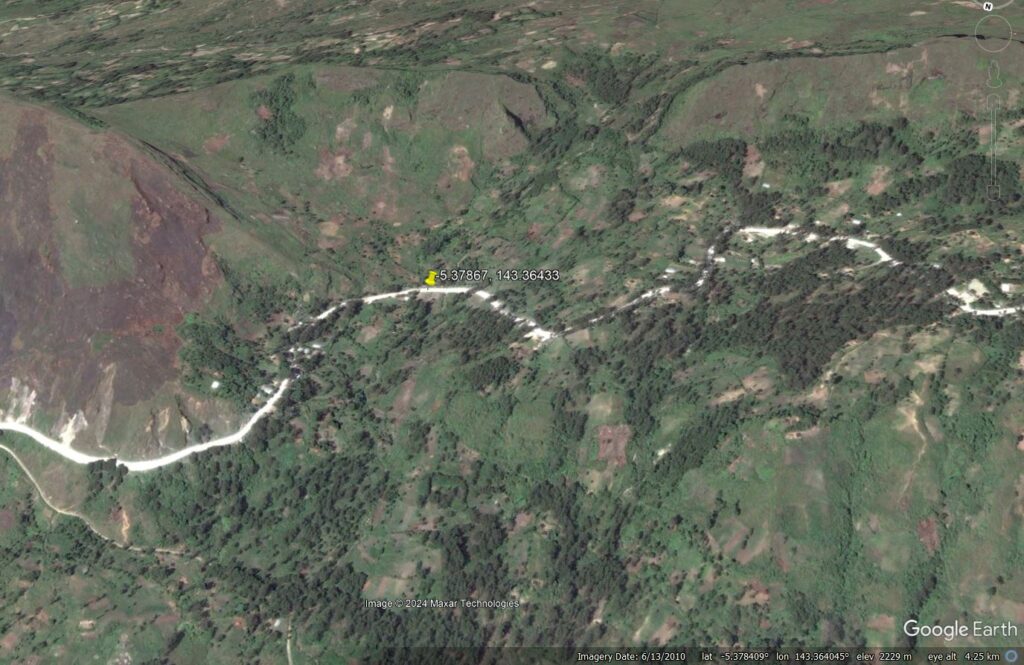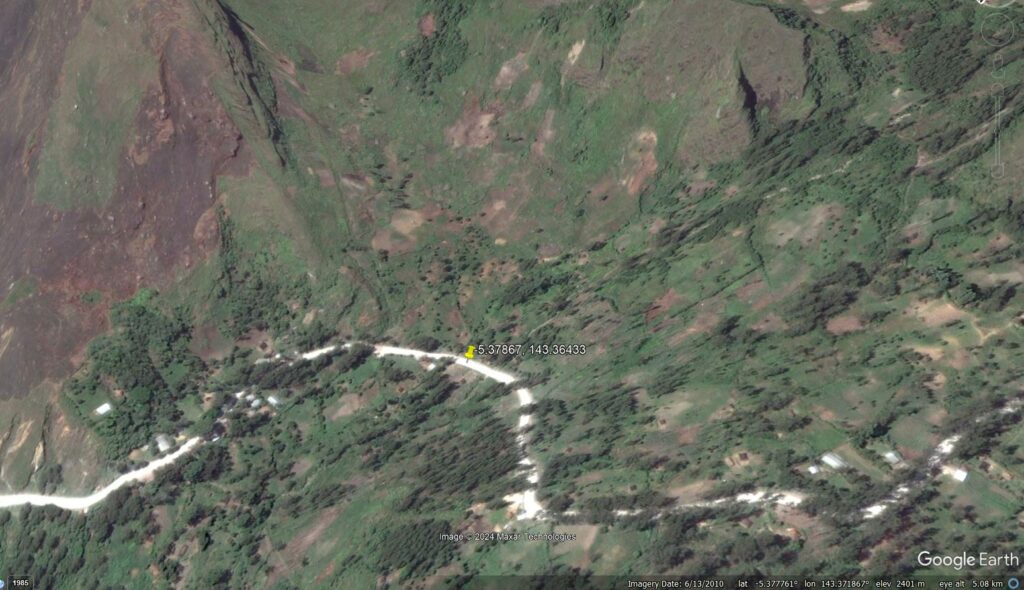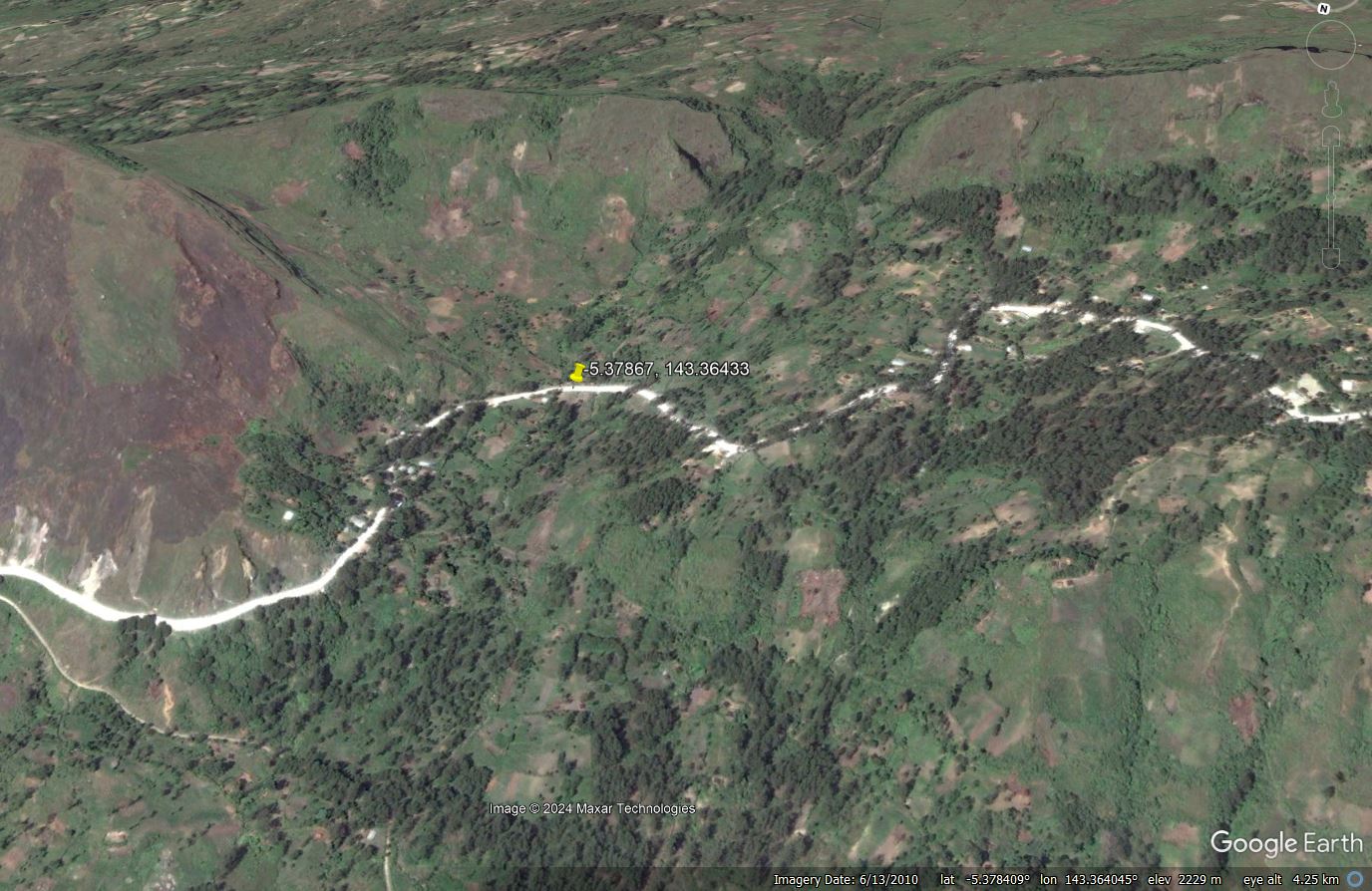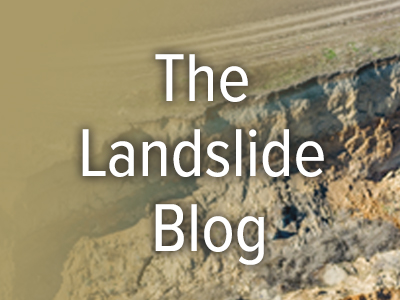The Landslide Blog is written by Dave Petley, who is widely recognized as a world leader in the study and management of landslides.
A great deal has been written about the 24 May 2024 Kaokalam landslide in Papua New Guinea, although there remains considerable uncertainty too. For example, estimates of the loss of life continue to vary wildly, although the higher numbers (2,000 people) now look unlikely. The central estimate seems to be 670 people, but this still feels high to me.
For those who have not seen it, Dan Shugar posted a series of tweets considering the sequence of events that led up to the failure, which I think is very strongly on the mark:-
He also tweeted a high resolution Planet Labs satellite image of the site, which is revealing too:-
Imagery tends to underplay the steepness of the topography, so it is also worth taking a look at the image (and indeed the video) in the following tweet by the United Nations – this is very steep topography:-
There is a good article in the NZ Herald that reflects on the experience of the team dispatched to the site from New Zealand. It includes a very interesting comment:-
Geotechnical engineer Jan Kupec said they think the incident is connected to a much larger reactivated landslide and acknowledged the high risk that it was not over.
“It will continue to evolve,” he said.

The marker in the image above shows the point at which the landslide crosses the road; the source of the landslide was the steep slope directly above.
I think there is strong evidence that the area around the road is an old landslide deposit – I have orientated the image below to allow it to be compared to the one in the UN Tweet above:-

The origin of the knife-like ridge that formed the landslide source is less obvious to me – the could have been created by repeated landslides (most likely) or by faulting given the tectonically-active nature of the landscape, or of course by a combination of the two.
The New Zealand geotechnical team is clearly concerned about the future stability of the site, and its implications for the local population. It is interesting to note that there are reports that the debris itself is continuing to move – I wonder if this is because it has loaded the saturated older landslide deposit? But I would be particularly concerned about the mass on the right side (as seen in the images) of the landslide scar.
Finally, one should not underestimate the human tragedy in an event like this. UNICEF has an excellent article that seeks to communicate the magnitude of the loss to the local communities. In the coming weeks, attention will shift to the next tragedy, but the people of Kaokalam will be left to deal with the tragedy.


